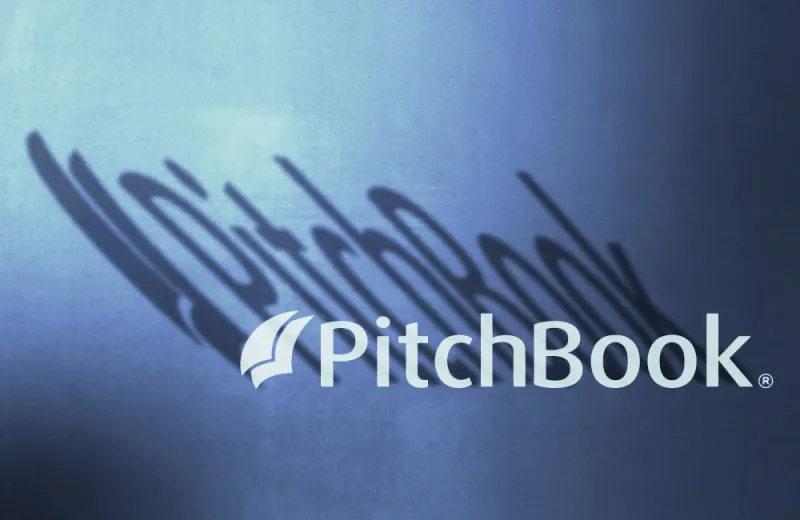As market volatility begins to infringe on venture capital-backed initial public offerings, late-stage companies are feeling pressure to raise additional private capital or to explore alternative exit options. This includes special purpose acquisition companies (SPACs), which have no commercial operations and function solely to raise money through IPOs or mergers. Wildly popular through the first half of 2021, SPACs have fallen out of favor over the last six months.
According to PitchBook-NVCA’s 2022 venture monitor, which was published Thursday, public market volatility, Russia’s invasion of Ukraine, and rising inflation have combined to bring VC exit activity in the first quarter of 2022 to a virtual standstill. In the first quarter of 2021, total deal value reached $124.6 billion. By the end of the first quarter of 2022, that figure had dropped to $33.6 billion.
“[This] is much more in line with slower years,” Kyle Stanford, a senior analyst at PitchBook, told Institutional Investor. “A ton of capital has been invested in the late-stage market over the past few years, so those companies are feeling pressure to find some sort of outlet for investors.”
Stanford said that based on the way revenue multiples have expanded in the past few years, the valuations of these late-stage companies are much higher than the public markets are willing to shoulder in the current macro environment. Companies that are currently looking to go public will have to turn to private investments, raise additional capital, continue to grow and increase revenue to a level that satisfies public investors, or use an alternative exit strategy.
However, Stanford said there’s a ton of pressure at the top end of the market because there are so many highly-valued companies and very few exit opportunities. While SPACs may seem the most attractive option in this environment, potential Securities and Exchange Commission regulations proposed at the end of the first quarter could dissuade companies from getting involved. As a result, PitchBook and NVCA suggest that companies may be more attracted to exit opportunities through corporate M&A, since larger corporations are experiencing an influx of cash and looking to invest in technology.
This conundrum of highly valued late-stage companies and fewer opportunities to IPO is starting to affect late-stage U.S. VC deal values. According to the report, late-stage investments continued at a rapid pace in the first quarter but slowed year-over-year. Total deal value in the first quarter of 2021 reached $57 billion, but that figure dropped to $44.1 billion by the end of the first quarter of 2022. Many of the deals that occurred in the first quarter of this year were rollovers from the fourth quarter of 2021.
Although VC tends to be slightly insulated from macro economic downturns, the current headwinds could last longer than most people anticipate and could very well have a greater impact on the industry, the report said. Specifically, the underperforming public markets spell trouble for limited partners that have significant allocations to VC. Many investors have already had to deal, in some way or another, with the denominator effect, which occurs when a drop in the public markets decreases the overall value of holdings and, at the same time, increases the share of illiquid assets in the portfolio.
Take the case, Stanford said, of a $1 billion LP portfolio that has 20 percent ($200 million) allocated to VC. As public investments in the portfolio decline in value, the total value of the portfolio likewise declines, which in turn causes the VC portion of the portfolio to increase in size relative to the now smaller total portfolio. When that happens, the portfolio is over-allocated to VC and should be rebalanced. However, the illiquidity of the VC portion of the portfolio can make that difficult.
“The volatility is going to impact their ability to stay balanced, especially because these VC investments are so illiquid,” Stanford said. “If their investment portfolio takes a hit because of the volatility in the public markets, [some kind of] rebalancing will need to happen.”
Despite headwinds, Stanford said that VC is still in a good spot overall. In fact, despite poor public market performance, VC funds closed on more than $70 billion in the first quarter of 2022, adding to the $230 billion in dry powder that VC investors had amassed by the end of 2021. “With $230 billion, you couldn’t ask for a better landing pad if we go into a more extended headwind term for the market,” he said.







